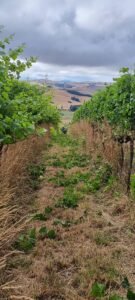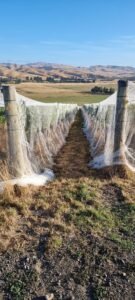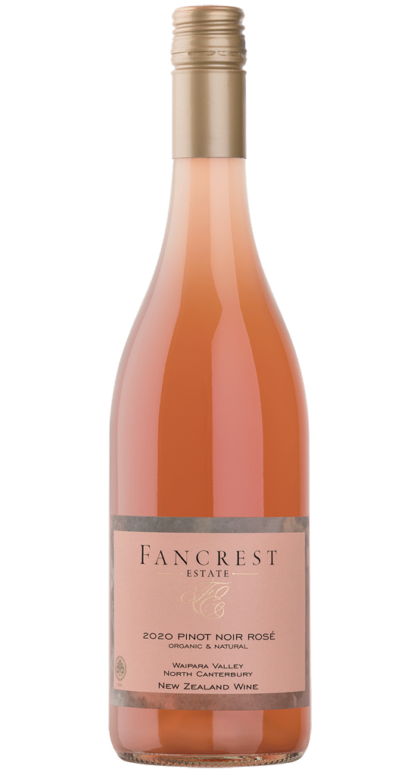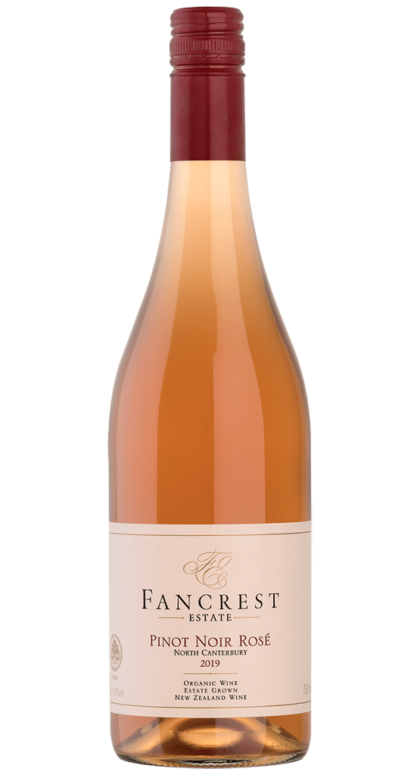Summer in the vineyard at Fancrest Estate?
S u m m e r i n t h e v i n e y a r d a t F a n c r e s t E s t a t e ?

Summer in the Vineyard at Fancrest
Summer in the Vineyard is always crazy busy at Fancrest Estate. This year is busier than most with Sonic, our Blue Heeler pup demanding constant attention, lambs in the vineyard, the period of grand growth that coincides with the Christmas/New Year Period, and finally, netting the vines.
Sonic is a joy to have around but being a Blue Heeler pup, her effervescent personality has her under-foot most of the time.
We lambed late this year to allow us to bring the sheep with their newborn lambs up to the vineyard at Christmas to leaf-pluck the vines around the fruiting zone. They did an absolutely amazing job leaving pristine bunches well exposed to sunlight to assist with ripening.
I don’t think we’ve ever timed it better as they were done and dusted before the bunches began to tempt them.
Grand Growth in the Vineyard
 The period of Grand Growth is the time when the vines experience the most dramatic and rapid growth, which is essential for the development of grapes with ideal characteristics for making wine. The grand growth period usually lasts for around 6 weeks, starting around flowering and peaking in the New Year. Our vines can grow at a rate of around 3 cm per day in a warm season.
The period of Grand Growth is the time when the vines experience the most dramatic and rapid growth, which is essential for the development of grapes with ideal characteristics for making wine. The grand growth period usually lasts for around 6 weeks, starting around flowering and peaking in the New Year. Our vines can grow at a rate of around 3 cm per day in a warm season.
The grand growth period is important because it is the time when the vines accumulate the majority of their nitrogen, which is essential for the growth and development of the grapes. Grapes low in nitrogen have a tendency to produce stinky ferments. Since we cant remove the stink of rotten egg by using heavy metals like copper we have to avoid it at all costs by smart viticultural practices. Drought years like this make nitrogen uptake by the vines a particular challenge.
The grand growth period is also important because it is the time when the vines develop their canopy, which is essential for photosynthesis (sugar production) and the production of energy to accelerate growth.
Integrating sheep in the vineyard is a critical component of regenerative agriculture

For 6 weeks over summer our Wiltshire ewes and their lambs hang out in the vineyard eating weeds and nibbling on the lowest leaves in the grapevine canopy. The grape bunches are so unappealing to them at this stage because they’re so tart, the sheep gently nibble at the leaves around them, leaving the fruit beautifully exposed to sunlight. And “Sunlight into Wine” is where the real magic happens.
As they browse they deposit their manure right where it’s needed.
Netting the Vineyard to Control Birds at Fancrest Estate
 Lovely as the sound of birds chirping in the vineyard is, they are a pest. that forces us to put considerable effort into deterring them from eating or pecking at the grapes. As the grapes begin to ripen, marked by an increase in sugar, a general softening, and a change from green to red) they become most attractive to hungry birds. The main cues that birds use to identify the ripeness of grapes include colour, taste and tactile cues. Birds do not have well-developed sense of smell but can readily discern colour, and find red grapes the most appealing. They’re quick to follow other flocks and to sample newly discovered grape crops.
Lovely as the sound of birds chirping in the vineyard is, they are a pest. that forces us to put considerable effort into deterring them from eating or pecking at the grapes. As the grapes begin to ripen, marked by an increase in sugar, a general softening, and a change from green to red) they become most attractive to hungry birds. The main cues that birds use to identify the ripeness of grapes include colour, taste and tactile cues. Birds do not have well-developed sense of smell but can readily discern colour, and find red grapes the most appealing. They’re quick to follow other flocks and to sample newly discovered grape crops. The sun, with all those planets revolving around it and dependent on it, can still ripen a bunch of grapes as if it had nothing else in the universe to do.
Galileo Gallilei Tweet



